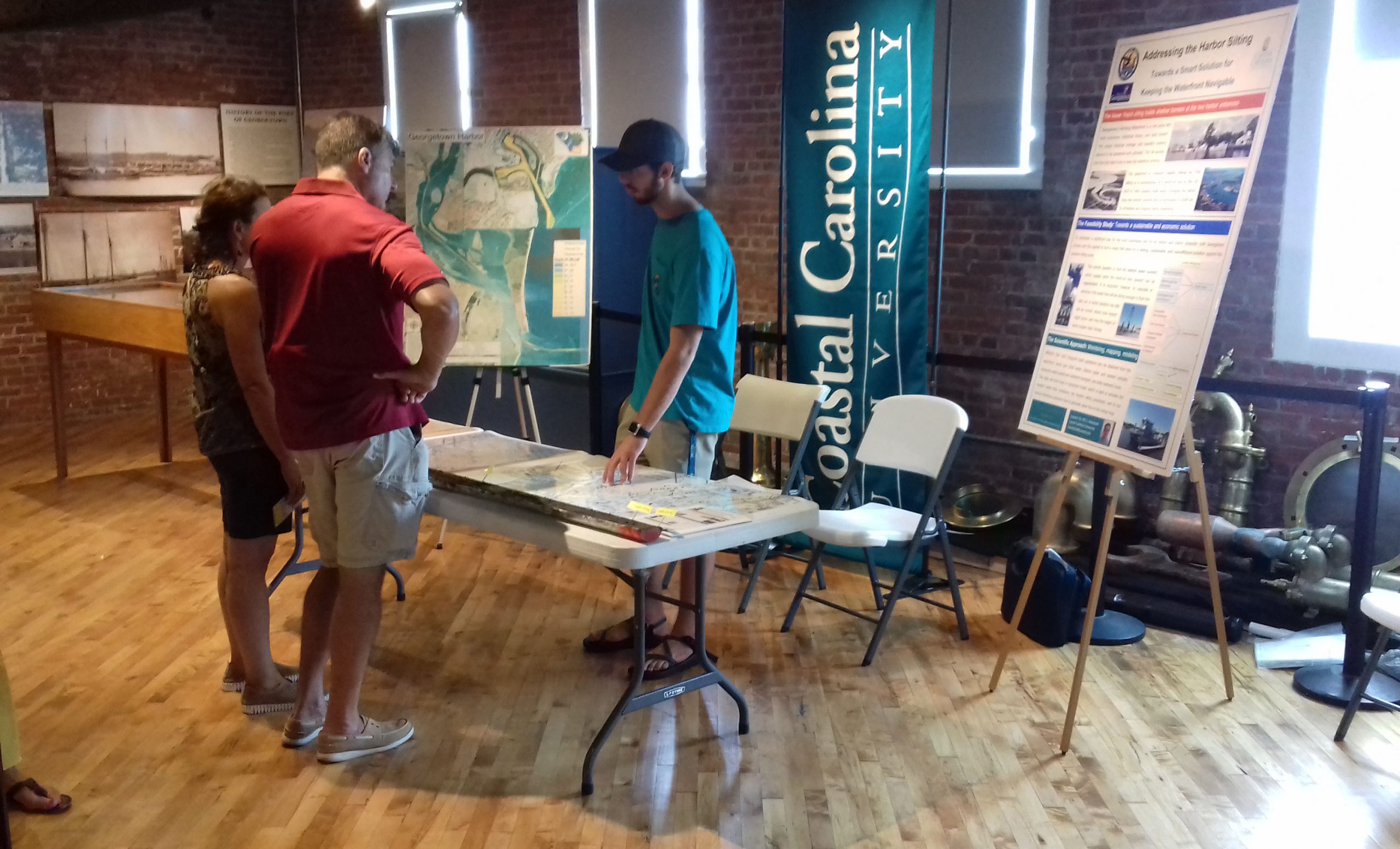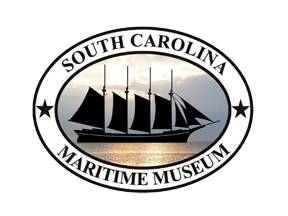
A Feasibility Study Addressing Georgetown’s Chronic Harbor Silting Issue
Georgetown’s Working Waterfront is a vital place with local businesses, traditional fishery, and daily tourism. The unique historical heritage and beautiful scenery deserve to be preserved and cultivated. This part of the harbor is, however, rapidly silting up, as a consequence of an artificial short-cut dug in 1949, creating Goat Island. Dredging the harbor loop was always required and its termination in 2006 led to immediate and ongoing water shallowing. To anticipate a significant loss for the local businesses and for its historic and scenic character, both Georgetown County and City agreed to fund a study that seeks for a lasting, sustainable, and cost-efficient solution against the massive silting issue.
The central goal of this study is how the bottom water current, which ceased when the short-cut was opened, can be regenerated. It is important, however, to calculate in advance if the water flow will be strong enough to flush the silts out, to which direction the silts will be moved, where local erosion might occur, and how the height of storm surges might change.
Since the Coastal Geosystems Research Group led by Dr. Till J.J. Hanebuth, Associated Professor for Coastal Geology at CCU, considers the solid science behind this study as similarly important as the outreach to and involvement of the public, he and his undergraduate student Ezekiel W. Meyers presented this project in the Maritime Museum during the Wooden Boat Show 2018. Many visitors enjoyed the discussion with the two scientists, reflecting how engaged the local residents feel.
